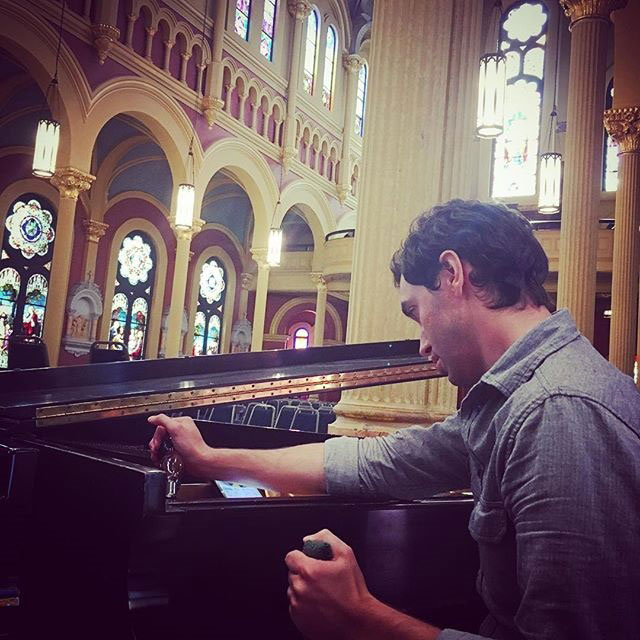Faq
How often should I tune my piano?
Once or twice a year for a well maintained instrument. Seasonal changes cause the soundboard to swell or contract changing the tension on the strings. Regular tuning keeps the tension even and the notes on pitch.
What if my piano is really out of tune?
A piano is designed to sound its best when maintained at standard pitch. When a piano goes years without being serviced, it falls well below standard pitch. In this case the piano needs a pitch raise followed by a fine tuning. While in most cases the piano can be brought up to pitch on that visit, the piano may require tuning again 3-6 months later. Depending on how far out of tune a piano is, it may take anywhere from 2-4 tunings in the first year in order to stabilize the pitch. In some severe cases, it may take multiple visits before it is even up to pitch. However, once a piano is stable, regular yearly tunings usually suffice. Service at regular intervals results in greater tuning stability, and greater musical enjoyment for the customer
What is the best location for my piano?
On an inside wall. Try not to place the piano on an outside wall, in front of a supply air vent, or directly in front of a window. For more information, check out my short blog on this subject, here.
What if a string breaks while tuning?
What if my keys are sticking, don’t play/repeat more than once, or don’t make a sound?
What if my piano hasn’t been tuned for many years?
What if the piano can’t be tuned?

